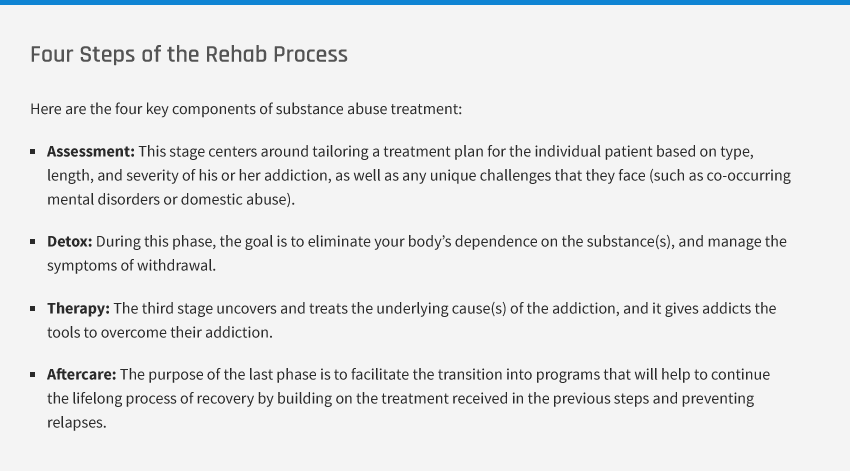One of the first steps in Ultram rehabilitation is a short detoxification period, which is when tramadol leaves the user’s body. Since Ultram has a half-life of 5.1 hours, only half of the substance is eliminated from the body in this time frame. Therefore, it may take one to four days to eliminate Ultram from the body completely. Depending on factors such as weight, health status, and level of addiction, the full withdrawal process may take several weeks.
Post-acute Ultram withdrawal symptoms are unpleasant withdrawal effects that last for more than two weeks. Symptoms are more likely to persist in people who have been using Ultram for a long time. In some cases, the full withdrawal process may last as long as a year. How long it takes to withdraw from Ultram completely also depends on how much Ultram the individual typically takes at one time.
Withdrawal Symptoms
Ultram withdrawal can result in fatal complications, especially in people who stop using it suddenly
Nausea and vomiting are among the most common symptoms of Ultram withdrawal. Although nausea and vomiting can often be managed with medications and dietary changes, they can cause aspiration, a serious complication. If a person withdrawing from Ultram vomits while lying down, it is possible to aspirate stomach contents into the lungs, increasing the risk for pneumonia.
Ultram and other opioids can cause severe respiratory depression, especially in people who already have a history of lung problems
Taking more Ultram than recommended can lead to tramadol intoxication, which slows down the central nervous system. When the central nervous system slows down, the user may experience respiratory depression so severe that it leads to respiratory arrest. Tramadol intoxication can also cause coma, fast heart rate, and seizures. The risk of these complications is higher in individuals who have chronic health problems, such as heart disease and reduced pulmonary function.
Even though it is a "safer" opioid, Ultram can still cause an overdose
Overdose is one of the greatest risks associated with Ultram withdrawal. During the initial detoxification period, Ultram leaves the user’s body. If the individual relapses several weeks or months later, the body will no longer have the same level of tolerance for the drug. Therefore, if the user takes the same amount of Ultram they did in the past, it could lead to an overdose.
Ultram Detoxification Medications
Several medications help relieve the symptoms caused by Ultram withdrawal, making the initial detoxification period more comfortable for the user. Metoclopramide is used to reduce nausea and vomiting, while loperamide is used to control diarrhea associated with Ultram withdrawal. For users who experience joint or muscle aches during the detoxification process, acetaminophen and ibuprofen can be helpful for relieving pain. Valium and other sedatives are used to reduce anxiety and make it easier to fall asleep and stay asleep. A medication called clonidine might also be prescribed to reduce excessive sweating and control anxiety.
For more information about withdrawal, read our guide on Ultram Addiction.


